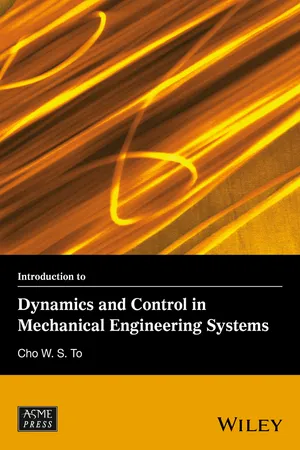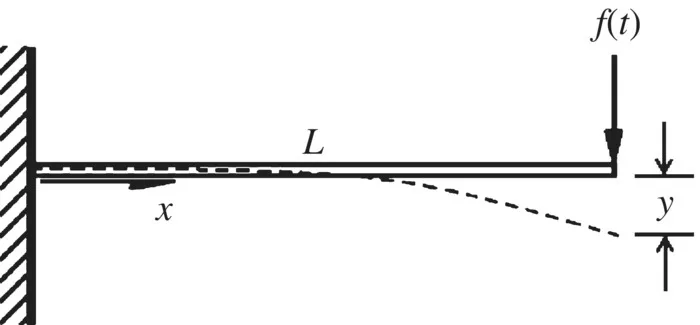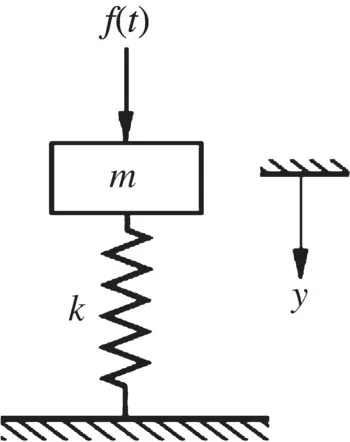
- English
- ePUB (mobile friendly)
- Available on iOS & Android
Introduction to Dynamics and Control in Mechanical Engineering Systems
About this book
One of the first books to provide in-depth and systematic application of finite element methods to the field of stochastic structural dynamics
The parallel developments of the Finite Element Methods in the 1950's and the engineering applications of stochastic processes in the 1940's provided a combined numerical analysis tool for the studies of dynamics of structures and structural systems under random loadings. In the open literature, there are books on statistical dynamics of structures and books on structural dynamics with chapters dealing with random response analysis. However, a systematic treatment of stochastic structural dynamics applying the finite element methods seems to be lacking. Aimed at advanced and specialist levels, the author presents and illustrates analytical and direct integration methods for analyzing the statistics of the response of structures to stochastic loads. The analysis methods are based on structural models represented via the Finite Element Method. In addition to linear problems the text also addresses nonlinear problems and non-stationary random excitation with systems having large spatially stochastic property variations.
Frequently asked questions
- Essential is ideal for learners and professionals who enjoy exploring a wide range of subjects. Access the Essential Library with 800,000+ trusted titles and best-sellers across business, personal growth, and the humanities. Includes unlimited reading time and Standard Read Aloud voice.
- Complete: Perfect for advanced learners and researchers needing full, unrestricted access. Unlock 1.4M+ books across hundreds of subjects, including academic and specialized titles. The Complete Plan also includes advanced features like Premium Read Aloud and Research Assistant.
Please note we cannot support devices running on iOS 13 and Android 7 or earlier. Learn more about using the app.
Information
1
Introduction
- Dynamics is a branch of mechanics and is concerned with the studies of particles and bodies in motion.
- The term control refers to the process of modifying the dynamic behavior of a system in order to achieve some desired outputs.
- A system is a combination of components or elements so constructed to achieve an objective or multiple objectives.
1.1 Important Difference between Static and Dynamic Responses

1.2 Classification of Dynamic Systems



1.3 Applications of Control Theory
Table of contents
- Cover
- Title Page
- Table of Contents
- Series Preface
- Preface
- Acknowledgments
- 1 Introduction
- 2 Review of Laplace Transforms
- 3 Dynamic Behaviors of Hydraulic and Pneumatic Systems
- 4 Dynamic Behaviors of Oscillatory Systems
- 5 Formulation and Dynamic Behavior of Thermal Systems
- 6 Formulation and Dynamic Behavior of Electrical Systems
- 7 Dynamic Characteristics of Transducers
- 8 Fundamentals of Control Systems
- 9 Analysis and Performance of Control Systems
- 10 Stability Analysis of Control Systems
- 11 Graphical Methods for Control Systems
- 12 Modern Control System Analysis
- Index
- End User License Agreement